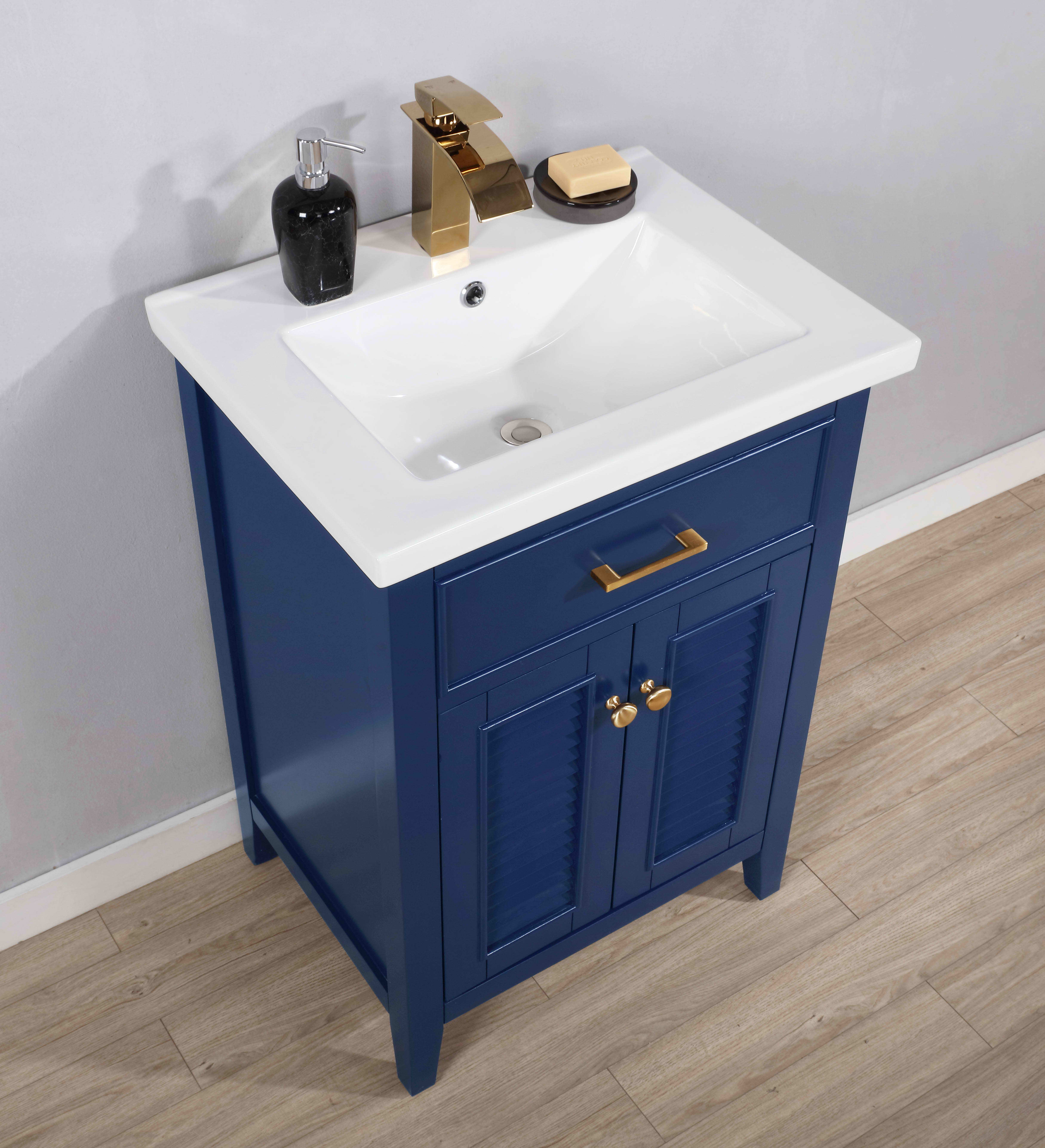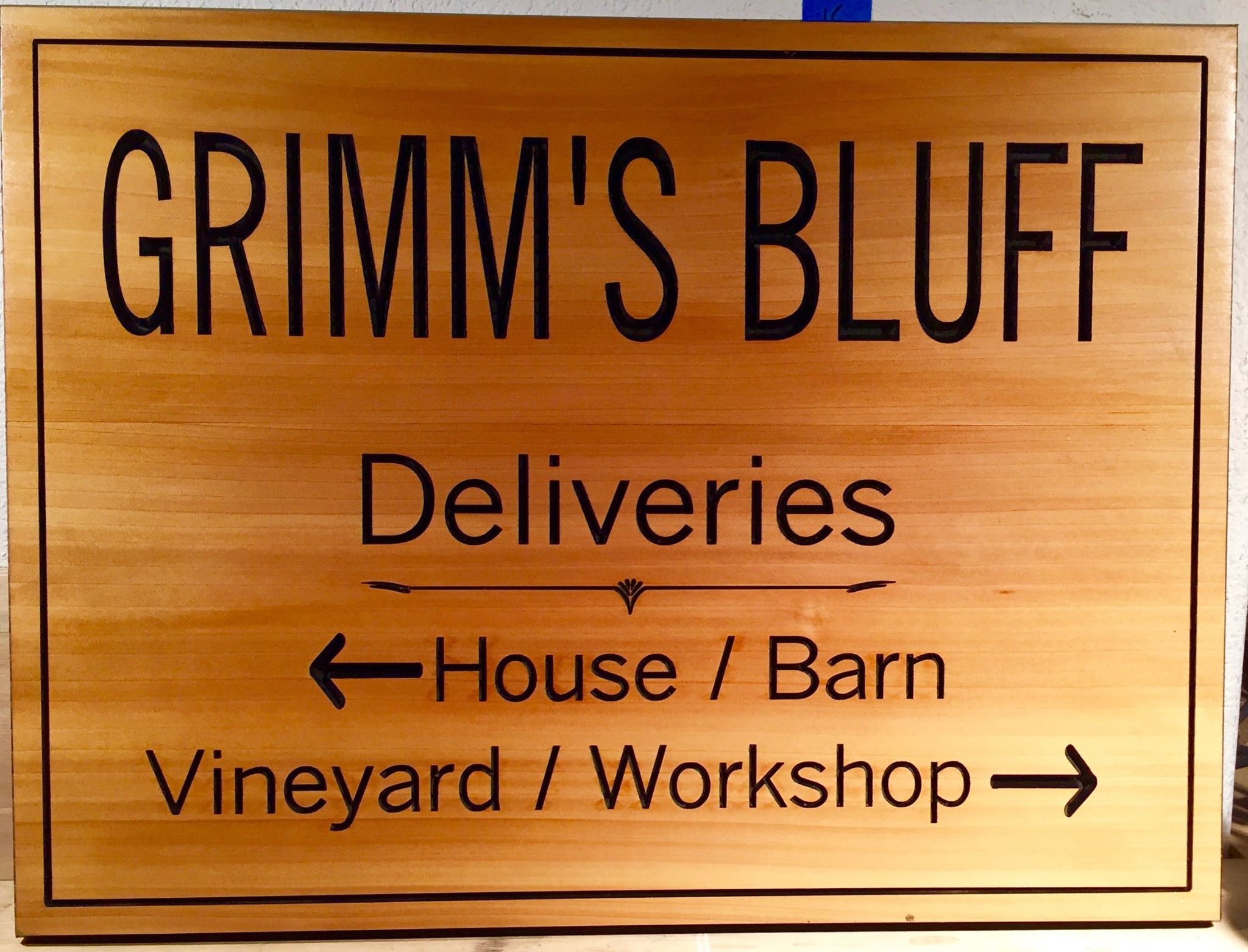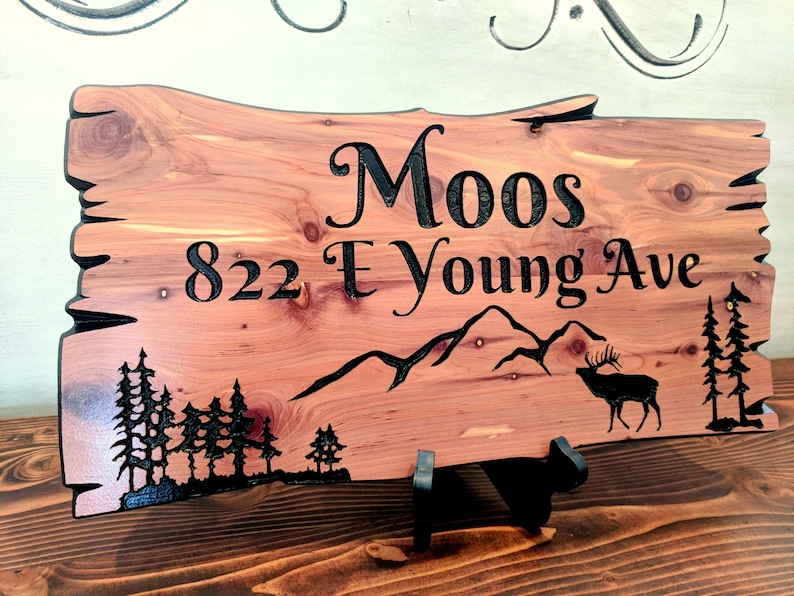
The area around the center of the [qualitative-quantitative] continuum, equal status, is the home for the person that self-identifies as a mixed methods researcher. This researcher takes as his or her starting point the logic and philosophy of mixed methods research. These mixed methods researchers are likely to believe that qualitative and quantitative data and approaches will add insights as one considers most, if not all, research questions. The common complaints category includes items such as abdominal pain, hemorrhage, hypertension, postpartum concerns, membrane rupture, suspicion of labor onset, illness/other, and decreased fetal movements.

Community Engagement Program
Mixed methods research designs combine the strengths of qualitative and quantitative data, deepening and enriching qualitative results with quantitative data and validating quantitative findings with qualitative data. This method offers more flexibility in designing research, combining theory generation and hypothesis testing, and being less tied to disciplines and established research paradigms. The obstetric telephone triage guidelines included multiple levels and evaluation criteria for both the mother and fetus and were once again provided to experts for validation.
About this article
Therefore, this study aimed to design an Obstetric Telephone Triage Guideline (OTTG) using a mixed-method study. Whereas the Miracle Money proof-of-concept provided $500 for 6 consecutive months, for this study, funds were raised so that Miracle Messages could provide up to 110 individuals with $750 per month for 12 months. This was based on pilot work that suggested that $500 per month meaningfully changed lives [41] but recognition that a living wage in these cities would be much higher [48]. As noted, Miracle Money is not advertised to those interested in the Miracle Friends intervention; unhoused individuals are only notified about the possibility of receiving basic income if they are randomized to the Miracle Money condition and participate in the Miracle Friends interventions. Yet because many of the initial contacts could not be confirmed to be meaningful, Miracle Messages increasingly came to accept any type of contact with volunteers as meeting the criteria of Miracle Friend participation that would then allow participants to start receiving Miracle Money.

Integration
In a sequential design, the quantitative component precedes the qualitative component, or vice versa. In the notation of Morse (1991), concurrence is indicated by a “+” between components (e. g., QUAL + quan), while sequentiality is indicated with a “→” (QUAL → quan). Note that the use of capital letters for one component and lower case letters for another component in the same design suggest that one component is primary and the other is secondary or supplemental. Mixed methods research (“Mixed Methods” or “MM”) is the sibling of multimethod research (“Methodenkombination”) in which either solely multiple qualitative approaches or solely multiple quantitative approaches are combined. Integrating data in mixed methods studies can be challenging, but it can be done successfully with careful planning.
Types of mixed method research designs
Evaluation of Staffordshire, Stoke on Trent Allied Health Professionals preceptorship programmes: a mixed method UK ... - BMC Medical Education
Evaluation of Staffordshire, Stoke on Trent Allied Health Professionals preceptorship programmes: a mixed method UK ....
Posted: Mon, 21 Aug 2023 07:00:00 GMT [source]
Engeltjes et al. (2020) conducted a Delphi study in the Netherlands to design obstetric telephone triage guidelines. The telephone obstetric triage guidelines were designed based on the physical obstetric triage system ROTS with five prioritization categories, which 91.9% of professional users declared complete, good, and user-friendly [28]. Limited studies have focused on the design and psychometrics of obstetric telephone triage guidelines [27], whereas the design of obstetric telephone triage guidelines can strengthen obstetric performance [29]. The present study was carried out using an exploratory sequential mixed method study in two qualitative and quantitative phases.
What is the difference between mixed methods and multiple methods?
After completing a waiver of liability, volunteers receive a phone number through Dialpad or similar service (which allows the volunteers to avoid divulging their personal phone numbers if they wish) and are subsequently matched with an unhoused friend, usually in a few weeks. Weekly support calls are offered to all volunteers, in addition to one-on-one support provided upon request based on completing the contact logs. Communication with WIC participants also was a critical factor in the success of CVB implementation with some agencies reporting delays in communicating the changes to WIC participants.
Two case studies
Technology-based communications, such as social media and WIC-specific apps, could help with increasing the efficiency and effectiveness of communications with WIC participants. These types of communications were reported as positive by both the WIC agencies with these capabilities and their WIC participants. This finding is supported by other research that shows high WIC participant utilization and satisfaction with WIC apps (30, 31). However, the current study observed inequities across agencies regarding their ability to use the functionalities of WIC-specific apps to communicate with their participants.
Similar articles
(PDF) Method Sequence and Dominance in Mixed Methods Research: A Case Study of the Social Acceptance of Wind ... - ResearchGate
(PDF) Method Sequence and Dominance in Mixed Methods Research: A Case Study of the Social Acceptance of Wind ....
Posted: Tue, 16 Apr 2019 00:45:11 GMT [source]
Greene et al.’s (1989) purposes, Bryman’s (2006) rationales, and our examples of a diversity of views were formulated as classifications on the basis of examination of many existing research studies. They indicate how the qualitative and quantitative research components of a study relate to each other. These purposes can be used post hoc to classify research or a priori in the design of a new study.
2 Data collection
All interventions were implemented by Miracle Messages and all data collection was conducted by USC. USC research team members will continue to meet weekly throughout the study with oversight provided by the director of the Center for Homelessness, Housing and Health Equity Research. In keeping with qualitative analytic procedures, each interview has been transcribed verbatim by the research team member who conducted the interview.
Whilst several mixed-methods publications did not provide clear research questions covering both quantitative and qualitative approaches. Another common issue is how to collect data either concurrent or sequential and the priority is given to each approach within the study where equal or dominant which are not clearly stated in writing which is important to mention while writing in the methods section. The responsibility lies with the researcher to ensure that findings are sufficiently plausible and credible [4].
(e) Confirm and discover – this entails using qualitative data to generate hypotheses and using quantitative research to test them within a single project. (d) Utility or improving the usefulness of findings – refers to a suggestion, which is more likely to be prominent among articles with an applied focus, that combining the two approaches will be more useful to practitioners and others. For example, if a researcher wanted to know what type of music teenagers enjoy listening to, they might employ a survey of 1,000 teenagers as well as five focus group interviews to investigate this. The results might differ; the survey may find that rap is the most popular genre, whereas the focus groups may suggest rock music is more widely listened to. Mixed methods research offers powerful tools for investigating complex processes and systems, such as in health and healthcare. Interpreting the results of mixed methods research can be tricky, as it can involve conflicting or differing results.
Miracle Friends program staff members explain the intervention and sign up anyone who expresses an interest in a phone buddy. Like with the volunteers, unhoused participants are also asked to complete an application listing any preferences for a friend (e.g., gender, language, shared interests, text or calls preferred). In 2020, a Miracle Money proof-of-concept pilot was conducted in which nine PEH who were participating in Miracle Friends received $500 a month for 6 months. At the end of the pilot, six participants had secured housing and most reported improved social connections and less psychological distress [41].
Variables under context within i-PARIHS, including leadership support, culture, and receptivity to change, are aligned with agility (practice), leadership capacity (strategic management), and adaptive culture (organization). The i-PARIHS elements relate to organizational readiness for adoption, and barriers to and facilitators for successful implementation and sustainability of new initiatives are also adaptable for the I + PSE. Creswell and Plano Clark thus locate the emergence of “MMR proper” at the second stage, when researchers started to use both qualitative and quantitative methods within a single research effort. As reasons for the emergence of MMR at this stage they identify the growing complexity of research problems, the perception of qualitative research as a legitimate form of inquiry (also by quantitative researchers) and the increasing need qualitative researchers felt for generalising their findings. They lay the groundwork for MMR as a separate subfield with its own identity, topics, problems and intellectual history.
For example, in a conversion design, qualitative categories and themes might be first obtained by collection and analysis of qualitative data, and then subsequently quantitized (Teddlie and Tashakkori 2009). Likewise, with Greene et al.’s (1989) initiation purpose, the initiation strand follows the unexpected results that it is supposed to explain. G., to collect interview data and survey data of one inquiry simultaneously; in that case, the research activities would be concurrent.
















